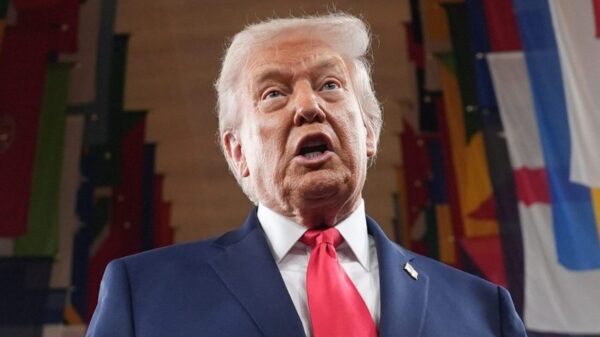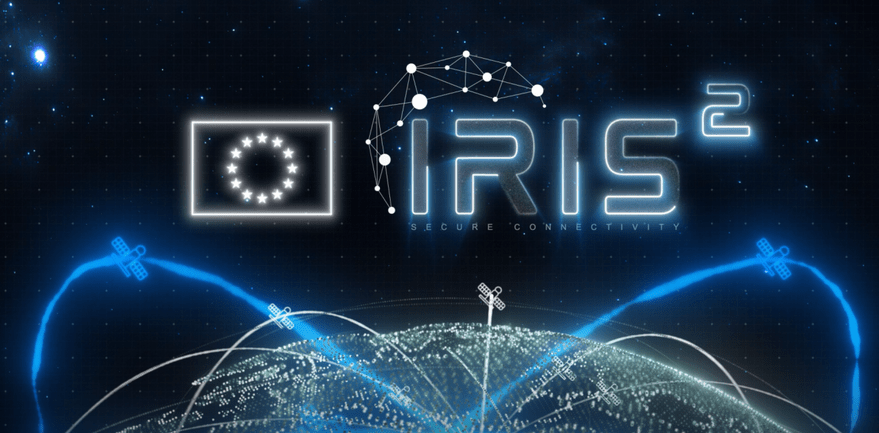Italy is at a crucial juncture regarding its satellite communications strategy. A report from the Interministerial Committee for Space and Aerospace Policy (COMINT) raises questions about Italy’s representation in the European Union’s IRIS2 program, which aims to establish a public-private communication satellite constellation in low and medium Earth orbit. The report also mentions that SpaceX has offered to provide its Starlink services for Italy, adding complexity to the country’s decision-making as it considers its options.
As Italy prepares to decide later this year whether to advance with a national low-Earth orbit dual-use telecommunications constellation, currently referred to as MERCURIO, or deepen its reliance on Starlink, the context of these discussions becomes increasingly significant. The COMINT document, which outlines the current state of the Italian space sector in 2024, does not indicate that Italy is committed to pursuing Starlink services. SpaceNews obtained the report, initially disclosed by the Italian newspaper Il Fatto Quotidiano.
Italy’s interactions with SpaceX have fluctuated in recent months. In January 2025, Bloomberg reported that the Italian government was engaged in discussions with SpaceX regarding a potential purchase of Starlink services valued at up to $1.6 billion over an unspecified period. While the Italian government, known as Palazzo Chigi, denied that any contracts had been finalized, it confirmed that talks with SpaceX were ongoing.
The Italian Space Agency (ASI) and COMINT have initiated a study to assess the feasibility of the MERCURIO project. Although there are no public details regarding the number of satellites or the budget, the project has progressed from Phase 1 to Phase 2. The report acknowledges the advantage of Starlink, highlighting its “clear superiority over IRIS2,” which is still in development and deemed less ambitious.
The document also raises concerns about the underrepresentation of Italian industry within the IRIS2 program. Major contractors for the IRIS2 consortium include companies from Luxembourg, France, Germany, and Spain, with two firms partially owned by Italy—Telespazio and Thales Alenia Space—actively involved. Both companies have refrained from commenting on the current discussions. Nevertheless, Thales Alenia Space emphasized its commitment to IRIS2 in a recent LinkedIn post, underscoring the project’s strategic significance for Europe.
A source close to COMINT, who spoke on the condition of anonymity, clarified that the report’s observations regarding SpaceX’s operational readiness compared to IRIS2 are factual and do not reflect a political preference or procurement decision. This source reiterated Italy’s intention to pursue both European and U.S. strategies to maintain political independence within Europe while securing a long-term strategic alliance with the U.S. The government’s approach is described as “pro-European and transatlantic,” actively supporting EU initiatives like GOVSATCOM and IRIS2 for secure connectivity.
The source highlighted that any potential interim solution pending the full operational capacity of IRIS2 would be evaluated on a case-by-case basis. Thus, Italy does not view Starlink as a substitute for IRIS2, but rather as a temporary complementary solution until the European system is operational.
As studies on MERCURIO progress, the decision regarding a national constellation versus reliance on Starlink is expected to be made later this year. The leaked report concludes with an observation about the strategic balance between Europe and the United States, stating, “It is evident that the EU will inevitably rely on a very close relationship with the U.S. in strategic sectors such as satellite telecommunications.”
This stance reflects the ongoing tension within Italian space policy, which seeks to balance aspirations for sovereignty and innovation against the reality of dependence on U.S. technology and partnerships.
Analysts advise caution in making rapid conclusions about the situation. Ludwig Möller, director of the European Space Policy Institute (ESPI), noted that currently, there is “nothing comparable to Starlink.” He pointed out that countries in urgent need of satellite capability will turn to available solutions, which is a normal response. Möller acknowledged that while Starlink is currently a standout option, the satellite communications landscape is evolving, much like the early days of the internet. He emphasized the potential for Europe to develop its own capabilities in the near future, underscoring the importance of strategic decision-making in the coming months.








































































